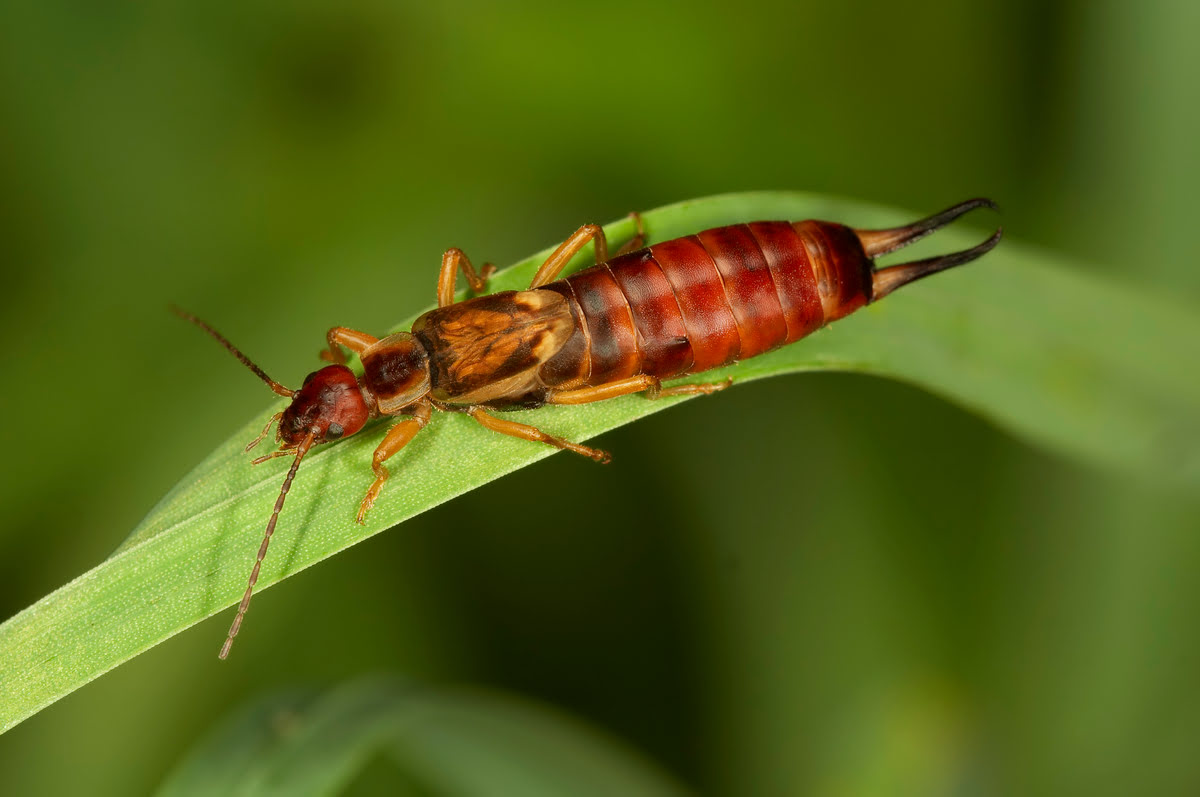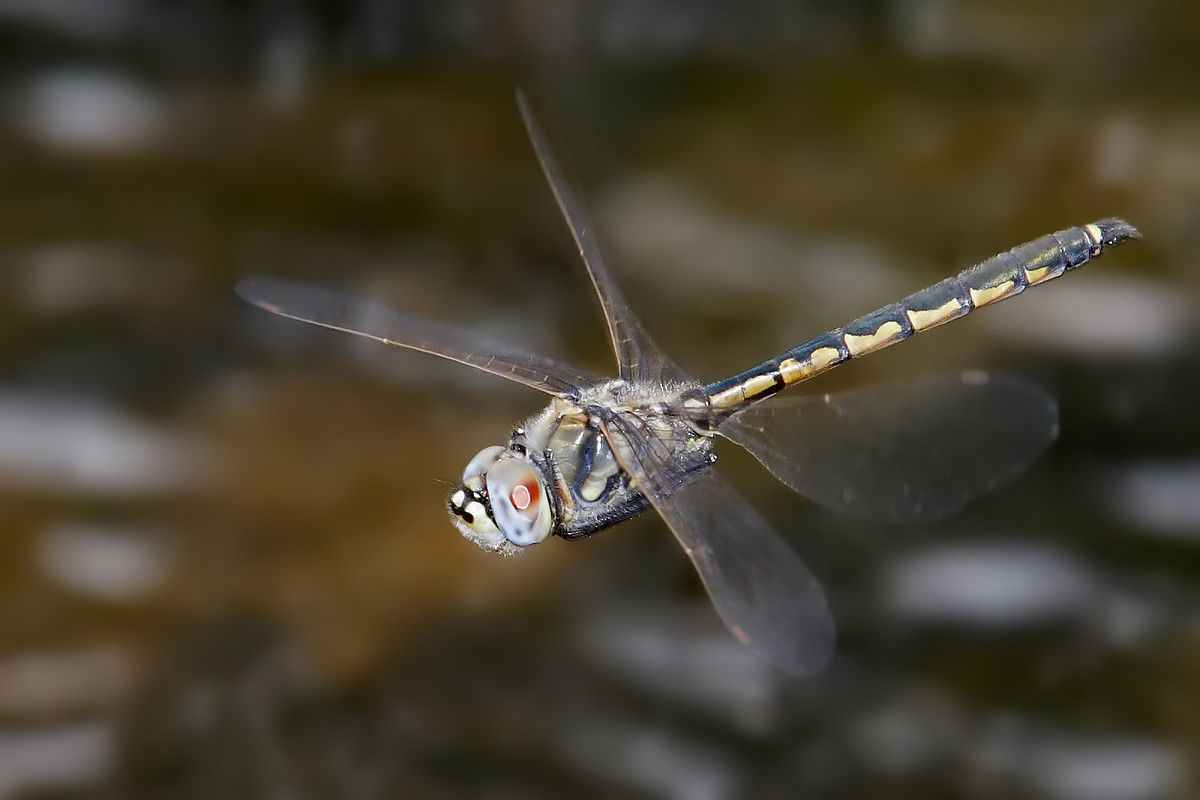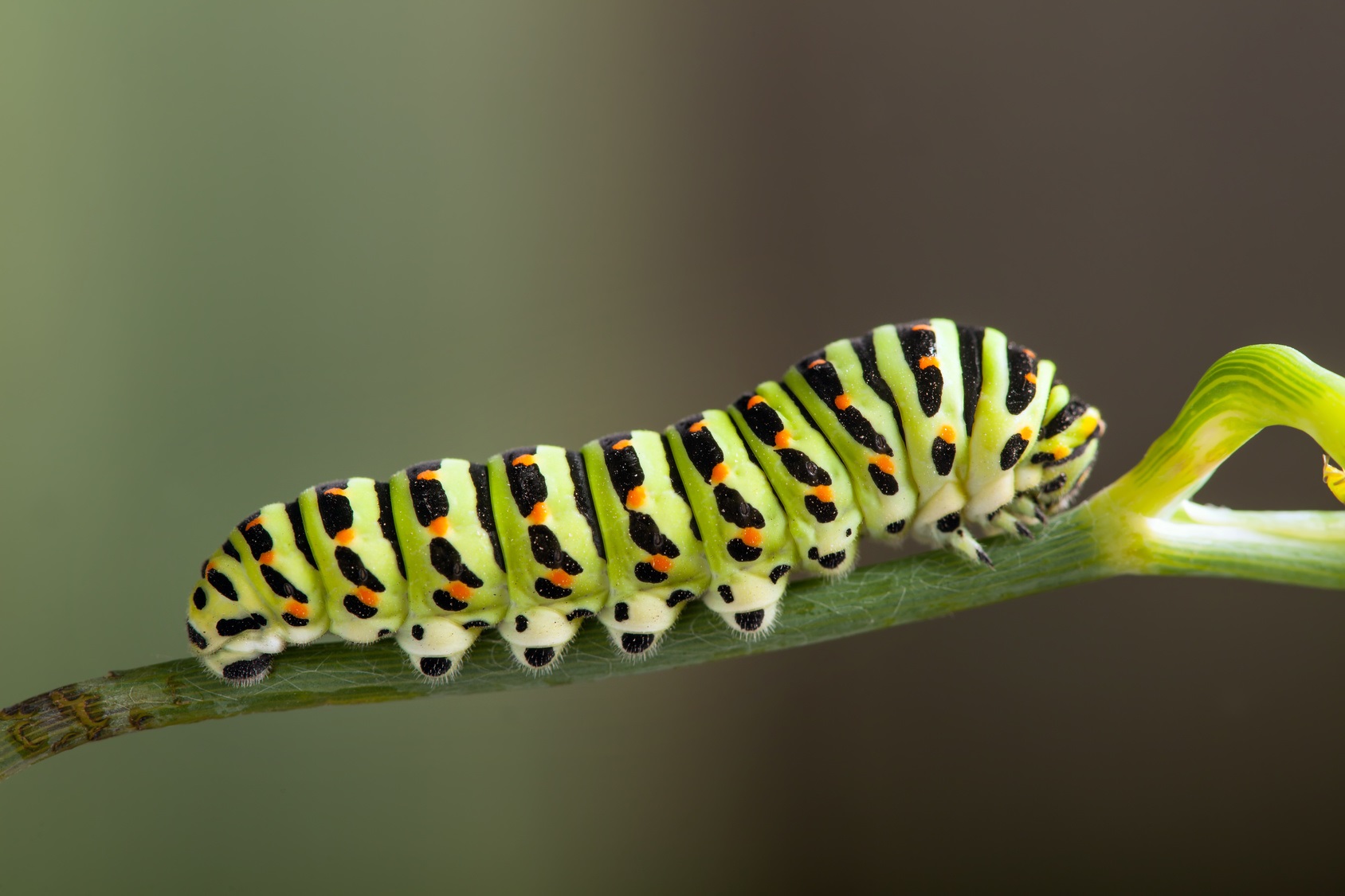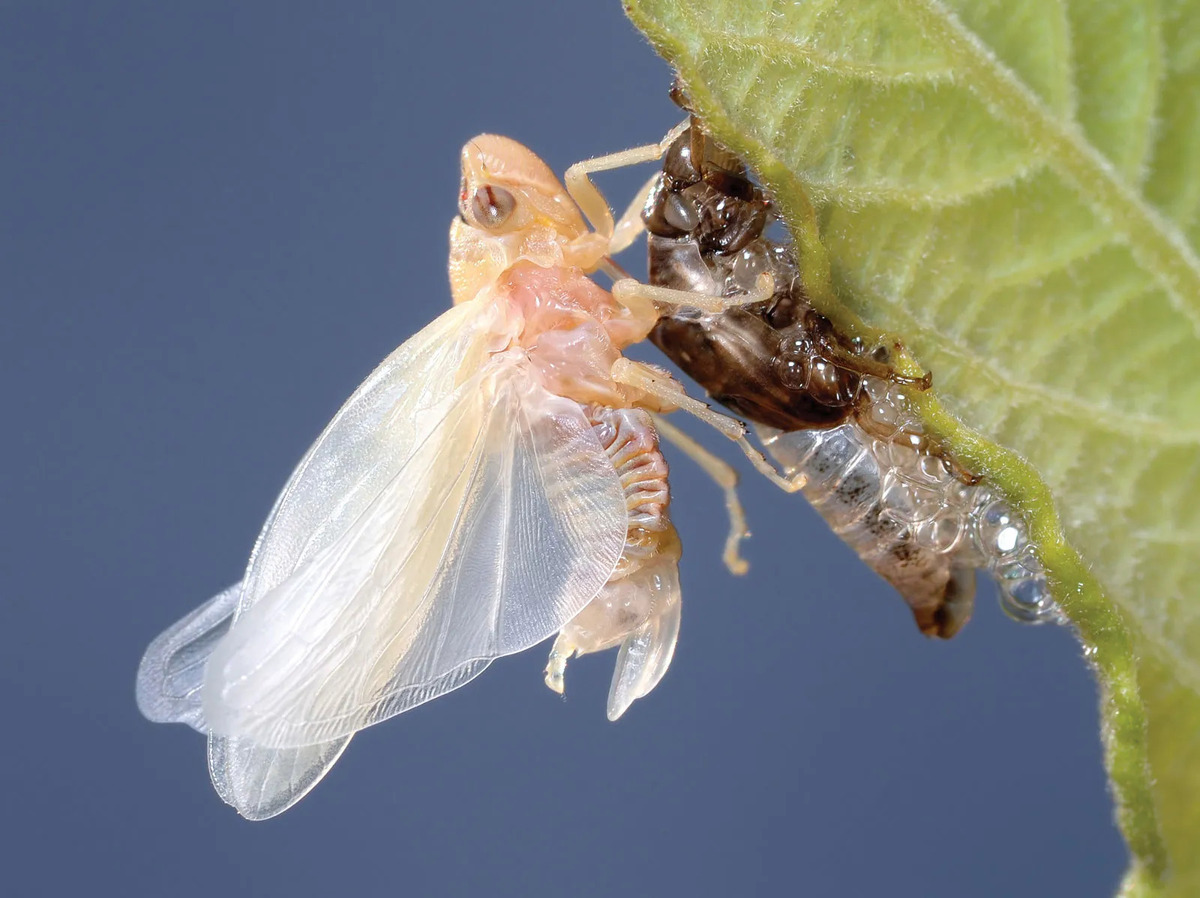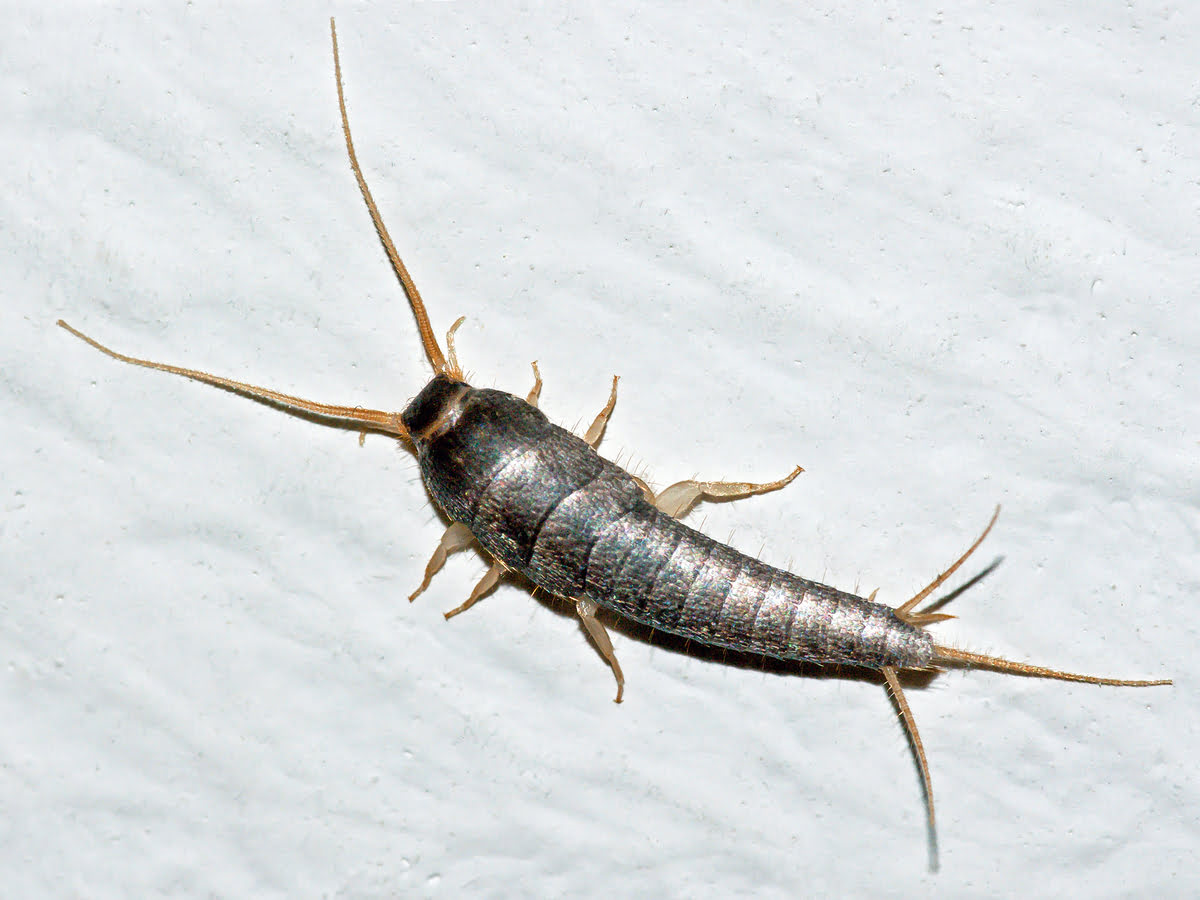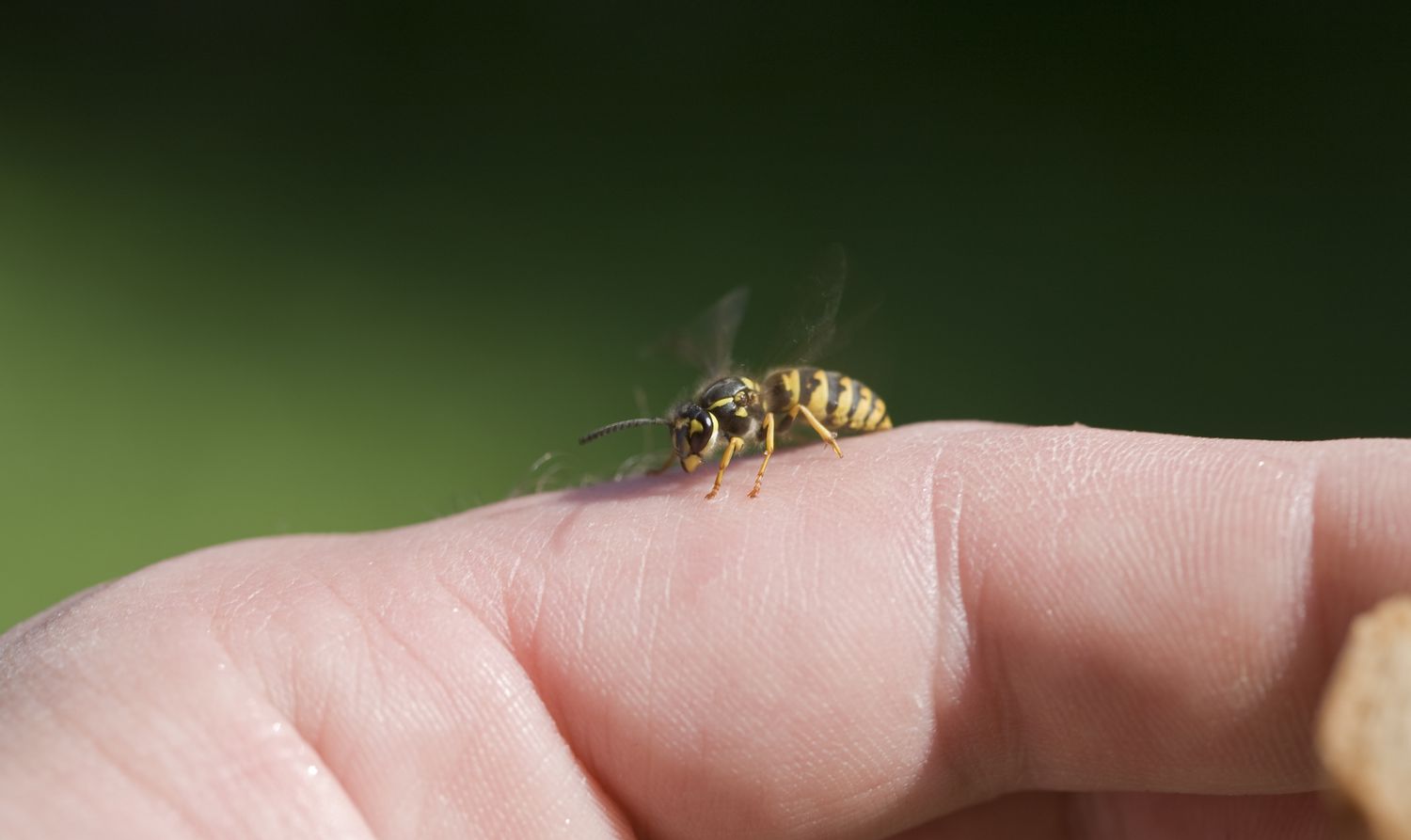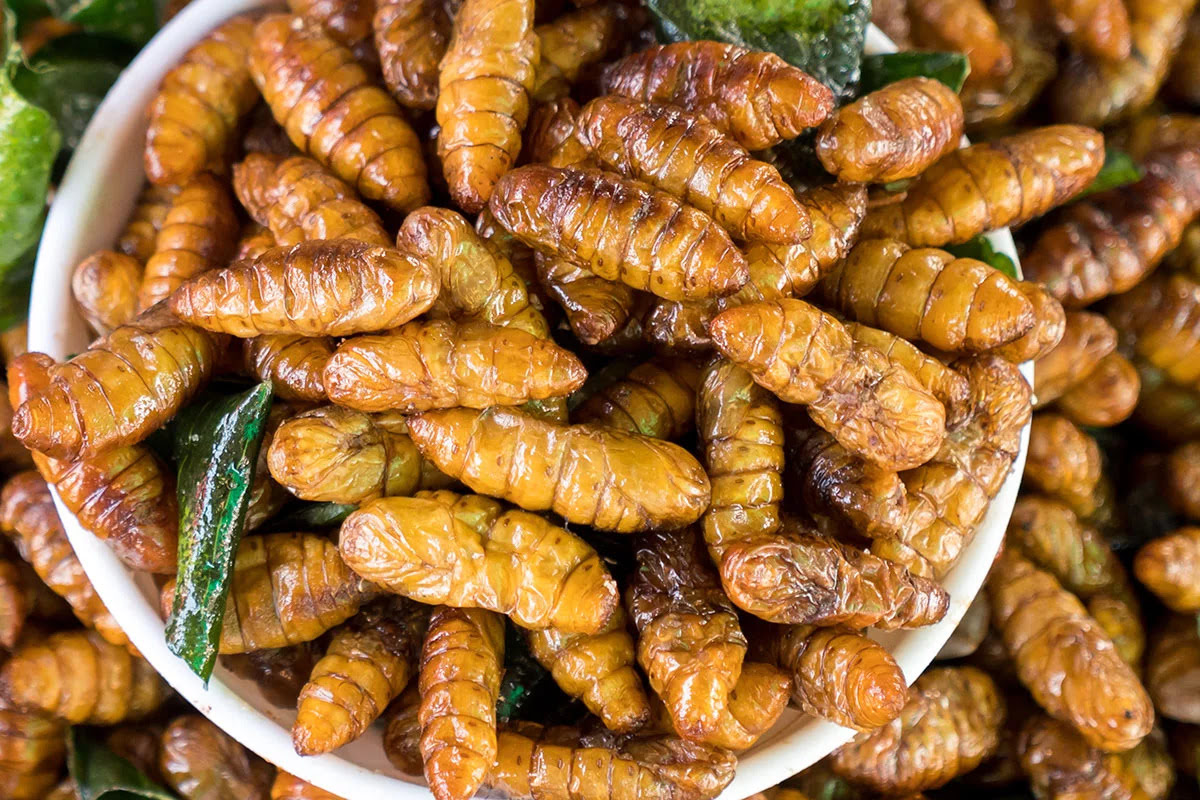Home>Gardening News and Trends>Latest News>What Insects Pollinate


Latest News
What Insects Pollinate
Published: December 8, 2023
Discover the latest news on what insects pollinate and their crucial role in ecological balance. Stay informed with the latest updates and insights on insect pollination.
(Many of the links in this article redirect to a specific reviewed product. Your purchase of these products through affiliate links helps to generate commission for Chicagolandgardening.com, at no extra cost. Learn more)
Table of Contents
Introduction
Pollination is a vital process in the cycle of plant reproduction, allowing for the transfer of pollen from the male part of the flower to the female part. While there are various methods of pollination, including wind and water, one of the most effective and crucial forms is insect pollination. Insects play a vital role in the pollination of flowering plants, facilitating their reproduction and contributing to the overall health of ecosystems.
The relationship between insects and plants is a fascinating example of nature’s interconnectedness. Insects are attracted to flowers by their colors, shapes, and scents, seeking nectar as a source of food. As they move from one flower to another, they inadvertently pick up pollen on their bodies, transferring it to other flowers they visit. This unintentional act of pollination is the result of a mutually beneficial relationship between plants and insects.
Without insect pollinators, many plant species would struggle to reproduce and thrive. Approximately 80% of all flowering plant species rely on animal pollinators, with insects being the most common type of pollinators. Bees, butterflies, moths, beetles, flies, and even some wasps are among the insects that play a crucial role in plant pollination.
It is estimated that pollinators contribute to the reproduction of over 75% of globally cultivated crops. These include essential food crops such as fruits, vegetables, nuts, and oilseeds. In addition to supporting agriculture, insect pollination also facilitates the growth of wild plants, which are essential for maintaining biodiversity and supporting other wildlife.
The significance of insect pollinators goes beyond their role in plant reproduction. They play a crucial role in shaping ecosystems and maintaining the balance of biodiversity. Insect-pollinated plants provide habitats and food for other organisms, including birds, mammals, and insects themselves, forming intricate ecological networks.
Despite their importance, insect pollinators are facing numerous threats that jeopardize their populations. Habitat loss, pesticide use, climate change, and the spread of diseases are among the major factors contributing to the decline of insect pollinators worldwide. This decline has alarming implications for both the environment and human well-being, as it directly impacts food production and ecosystem health.
Importance of Insect Pollinators
Insect pollinators play a vital role in the reproduction and survival of many plant species, making them invaluable to ecosystems and human well-being. Here are some of the key reasons why insect pollinators are so important:
- Plant Reproduction: Insect pollinators facilitate the transfer of pollen, allowing plants to produce seeds and reproduce. This process ensures the genetic diversity and survival of plant populations.
- Agricultural Productivity: Many crops, including fruits, vegetables, and nuts, rely on insect pollination for successful fruit set and high-quality yield. Without insect pollinators, crop production would drastically decline, leading to food shortages and economic losses.
- Ecosystem Health: Insect-pollinated plants serve as crucial habitats, food sources, and nesting sites for a variety of other organisms, including birds, mammals, and insects themselves. The presence of diverse and thriving plant communities contributes to overall ecosystem health and resilience.
- Biodiversity Support: Insect pollinators play a significant role in maintaining biodiversity by supporting the reproduction of wild plants. By facilitating the growth of diverse plant species, they provide essential resources for other wildlife, contributing to the intricate web of life in ecosystems.
- Medicinal Resources: Many medicinal plants rely on insect pollinators for successful pollination and seed production. These plants provide the foundation for traditional and modern medicine, offering vital remedies and treatments for various ailments.
The importance of insect pollinators extends far beyond their role in plant reproduction. They are crucial for sustaining ecosystems, supporting agricultural productivity, and ensuring the availability of diverse food sources. Unfortunately, the decline in insect pollinators threatens these vital ecosystem services and poses challenges to global food security and biodiversity conservation.
It is essential to acknowledge the significance of insect pollinators and take action to protect and conserve them. Through sustainable farming practices, habitat conservation, reduction in pesticide use, and public awareness, we can create an environment where insect pollinators can thrive and continue to fulfill their essential roles in our world.
Types of Insects that Pollinate
A wide variety of insects contribute to the essential task of pollination, each playing a unique role in the reproductive success of plants. Here are some of the key types of insects that are known pollinators:
- Bees: Bees are perhaps the most well-known and efficient pollinators. With their hairy bodies and specialized structures like pollen baskets, bees collect nectar and inadvertently transfer pollen between flowers as they move from one to another.
- Butterflies: Butterflies are not as effective as bees in pollination, but their bright colors and long proboscis make them well-suited for certain flower species. They primarily feed on nectar and carry pollen on their legs and bodies as they visit flowers.
- Moths: Moths, with their nocturnal habits, are important pollinators in the evening and night-blooming flowers. They have a keen sense of smell and are attracted to flowers with strong fragrance. Moths transfer pollen on their bodies while feeding on nectar.
- Flies: Flies, including hoverflies, bee flies, and syrphid flies, play a significant role in pollination, often mimicking bees or wasps in appearance. They are attracted to flowers with a foul odor and are effective pollinators for many plant species.
- Beetles: Beetles were among the first pollinators to evolve and are often associated with primitive plant species, including magnolias and water lilies. Beetles are attracted to flowers with strong scents and transfer pollen as they crawl within the flower.
- Wasps: While mostly predatory, some wasp species inadvertently pollinate flowers when they visit them for nectar. They are particularly effective in pollinating fig flowers, a symbiotic relationship that ensures the fig’s reproduction.
These are just a few examples of the vast range of insects that contribute to pollination. Each insect has its own unique characteristics and preferences when it comes to flowers, making them specialized pollinators for certain plant species. The diversity of insects ensures the pollination of a wide array of plants, supporting the health and diversity of ecosystems.
It is important to note that not all insects are pollinators, and not all flowers rely solely on insect pollination. Other animals such as birds and bats may also play a role in pollination, depending on the plant species and the ecosystem they inhabit. Understanding the specific relationships between insects and flowers is crucial in conserving and supporting their pollination services.
Effectiveness of Insect Pollination
Insect pollination is an incredibly effective and efficient process that plays a critical role in plant reproduction. The unique characteristics and behaviors of insects contribute to the overall effectiveness of their pollination services. Here are some key factors that make insect pollination highly effective:
- Specialized Body Structures: Insects have evolved various specialized body structures that aid in pollination. Hairy bodies, modified mouthparts, and pollen-carrying structures enable effective pollen collection and transfer between flowers.
- Flower Specificity: Different insect species are attracted to specific types of flowers based on their characteristics, such as color, shape, scent, and nectar reward. This specificity increases the likelihood of pollen transfer between compatible flowers, enhancing the efficiency of pollination.
- Frequent Flower Visitation: Insects are generally highly mobile and frequently visit multiple flowers in search of nectar and pollen. This movement between flowers increases the chances of cross-pollination, leading to the fertilization and reproduction of a greater number of plants.
- Pollinator Diversity: The presence of different types of insect pollinators ensures the pollination of a wide range of plant species. Each insect species has its own preferences and techniques for accessing nectar and transferring pollen, increasing the overall effectiveness of pollination in diverse ecosystems.
- Efficient Pollen Transfer: Insects unintentionally pick up and transfer large amounts of pollen as they move from flower to flower. This efficient pollen transfer enhances the genetic diversity of plant populations, leading to healthier and more resilient plant communities.
Furthermore, insect pollinators are particularly effective in promoting cross-pollination, which results in the fusion of genetic material from different plants. Cross-pollination leads to increased genetic diversity within plant populations, which can improve their ability to adapt to changing environmental conditions, resist diseases, and produce higher-quality fruits and seeds.
Compared to other forms of pollination, such as wind pollination, insect pollination is considered to be more precise and targeted. Insects actively seek out flowers and are selective in their visitation, resulting in a higher success rate of pollen transfer between compatible flowers. This precision ensures the successful fertilization and reproduction of plants, contributing to the overall health and diversity of ecosystems.
The effectiveness of insect pollination is not only crucial for plant reproduction but also has significant implications for human food production, natural resource conservation, and ecosystem resilience. Recognizing and protecting the role of insect pollinators is vital to maintaining the ecological balance and ensuring the sustainability of our planet.
Ecological Impact of Insect Pollinators
The ecological impact of insect pollinators extends far beyond their crucial role in plant reproduction. These tiny creatures have a profound influence on ecosystems and contribute to the health and well-being of both flora and fauna. Here are some key ways in which insect pollinators have an ecological impact:
- Biodiversity Maintenance: Insect pollinators support biodiversity by facilitating the reproduction of diverse plant species. The presence of a wide variety of flowering plants provides habitats and food sources for a range of organisms, including birds, mammals, and insects themselves. This intricate relationship between pollinators and plants contributes to the overall richness and diversity of ecosystems.
- Habitat Creation: Insect-pollinated plants serve as crucial habitats for numerous species. The intricate structures and resources offered by flowering plants, such as shelter, nesting sites, and food sources, provide a foundation for the survival and reproduction of diverse organisms. Without insect pollinators, these habitats would be significantly diminished, threatening the survival of many species.
- Food Web Support: Insect-pollinated plants are an integral part of food webs. They provide nourishment for herbivorous insects, which in turn support the populations of predators, including birds and other insects. The reduction or loss of pollinators could disrupt these intricate food chains, leading to imbalances within ecosystems.
- Seed Dispersal: Some plants rely on insects not only for pollination but also for seed dispersal. Insects inadvertently collect and transport seeds as they move between flowers, helping to disperse plant populations across different areas. This process contributes to the colonization and expansion of plant species, enhancing ecosystem resilience.
- Pollination Mutualism: Insect pollinators engage in mutualistic relationships with plants. As insects access nectar as a food source, they inadvertently transfer pollen between flowers, facilitating fertilization. In return, insects receive nourishment and sustenance from the nectar. This mutualistic interaction ensures the continuity and survival of both plant and insect species.
The ecological impact of insect pollinators reverberates throughout ecosystems, affecting the stability and functioning of natural systems. The intricate web of relationships and interdependencies between pollinators, plants, and other organisms creates a delicate balance that supports life and sustains the health of ecosystems.
However, the decline of insect pollinators poses a significant threat to ecological networks and ecosystem resilience. The loss of pollinators can lead to a cascade of effects, including the decline of plant species, reduced food availability for other organisms, and overall ecosystem disruption. Recognizing the ecological importance of insect pollinators is crucial in implementing conservation strategies and safeguarding the delicate balance of our natural world.
Threats to Insect Pollinators
Insect pollinators are currently facing numerous threats that put their populations at risk. These threats have significant implications for the health of ecosystems, food security, and biodiversity conservation. Some of the major threats to insect pollinators include:
- Habitat Loss: The destruction and fragmentation of natural habitats due to human activities, such as urbanization, agriculture expansion, and deforestation, are major threats to insect pollinators. Loss of habitat reduces the availability of suitable nesting sites, food sources, and flower-rich areas, leading to a decline in pollinator populations.
- Pesticide Use: Widespread use of pesticides, including insecticides and herbicides, poses a significant threat to insect pollinators. These chemicals can directly kill pollinators or have sublethal effects, such as impairing their navigation ability, reproduction, and immune system. Pesticide residues in nectar and pollen also pose a risk to pollinators when they forage for food.
- Climate Change: Global climate change has far-reaching impacts on insect pollinators. Altered weather patterns, extreme temperatures, and shifts in seasonal timing can disrupt the synchronization between flowering plants and pollinators, leading to a decline in successful pollination. Climate change can also affect the availability and quality of floral resources, further threatening pollinator populations.
- Diseases and Parasites: Insect pollinators are susceptible to various diseases and parasites, which can significantly impact their health and survival. Pathogens, such as viruses, bacteria, and fungi, can weaken or kill pollinators, reducing their population size. Parasites, such as mites and bee flies, can also harm pollinators and negatively affect their reproductive success.
- Invasive Species: Invasive plant species can outcompete native plants, altering the availability and quality of floral resources for pollinators. Similarly, invasive insect species may compete with or prey upon native pollinators, disrupting their populations and contributing to their decline.
- Genetic Risks: Loss of genetic diversity within pollinator populations can make them more vulnerable to environmental changes, diseases, and other stressors. Habitat fragmentation and reduced population sizes can limit gene flow and increase the risk of inbreeding, negatively impacting the long-term viability of pollinator species.
The cumulative effect of these threats poses a significant challenge to the survival and well-being of insect pollinators. It is crucial to address these threats through conservation efforts, policy changes, and public awareness to safeguard the essential services provided by these invaluable creatures.
Conservation Efforts for Insect Pollinators
Recognizing the importance of insect pollinators and the threats they face, there have been significant conservation efforts aimed at protecting and restoring their populations. These efforts involve a range of strategies and initiatives to address the various challenges that pollinators encounter. Here are some key conservation efforts for insect pollinators:
- Habitat Restoration: Restoring and creating suitable habitats for pollinators is crucial for their survival. This includes preserving natural areas, planting native wildflowers, and creating diverse and flower-rich landscapes. Pollinator habitat corridors and urban greening initiatives can also provide vital resources and connectivity for pollinator populations.
- Pesticide Reduction: Reducing the use of harmful pesticides and adopting more sustainable, pesticide-free farming practices is essential for pollinator conservation. Integrated Pest Management (IPM) strategies, which focus on minimizing pesticide use through a combination of biological control, cultural practices, and targeted application, can help protect pollinator populations.
- Support for Agriculture: Implementing pollinator-friendly agricultural practices is crucial for sustaining pollinators in agricultural landscapes. This includes preserving hedgerows, providing nesting sites, planting cover crops, and creating wildflower strips or insectary habitats. Such practices not only support pollinators but also enhance soil health and promote sustainable agriculture.
- Public Education: Raising awareness about the importance of pollinators and their conservation is vital. Educating the public, farmers, gardeners, and policymakers about the ecological role of pollinators, their threats, and the actions they can take to support pollinator populations helps foster a culture of pollinator-friendly practices and policies.
- Research and Monitoring: Conducting research on pollinators, their behaviors, and the factors affecting their populations is fundamental to conservation efforts. Monitoring pollinator populations, tracking their distribution, and understanding their ecological needs are important for implementing targeted conservation strategies and evaluating the effectiveness of ongoing efforts.
- International Collaboration: Given the global nature of pollinator decline, international collaboration and cooperation are crucial for effective conservation. Sharing knowledge, best practices, and implementing policies that protect pollinators across borders are essential in ensuring the long-term survival of these important species.
Conservation efforts for insect pollinators require a multi-faceted approach that involves individuals, communities, governments, and organizations working together. By implementing these conservation measures, we can create an environment that supports and sustains pollinator populations, ensuring their invaluable contributions to ecosystems, food security, and the overall health of our planet.
Conclusion
Insect pollinators are critical to the functioning and sustainability of ecosystems. Their role in plant reproduction ensures the genetic diversity of plant populations and contributes to the availability of diverse food sources. In addition to their direct ecological impact, insect pollinators support biodiversity, create habitats for other organisms, and play a vital role in maintaining the balance of food webs.
However, insect pollinators face numerous threats that jeopardize their populations. Habitat loss, pesticide use, climate change, diseases, and genetic risks pose significant challenges to pollinator survival. The decline of pollinators not only impacts ecosystems but also poses risks to global food production and human well-being.
Fortunately, there are conservation efforts underway to protect and restore pollinator populations. Habitat restoration, pesticide reduction, education, agricultural support, research, and international collaboration are essential components of these efforts. By implementing these conservation measures and raising awareness about the crucial role of pollinators, we can work towards safeguarding their populations and maintaining the ecosystems they support.
It is imperative that we recognize the importance of insect pollinators and take action to mitigate their threats. By preserving their habitats, adopting sustainable agricultural practices, reducing pesticide use, and promoting pollinator-friendly initiatives, we can create a future where insect pollinators thrive, ensuring the health and resilience of our planet and the well-being of both nature and humanity.


